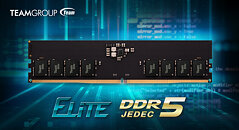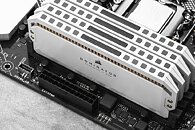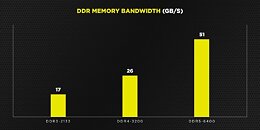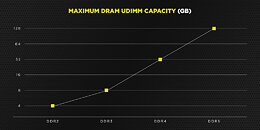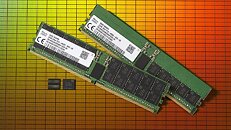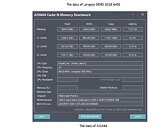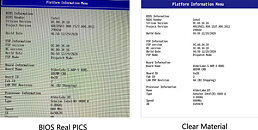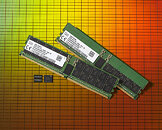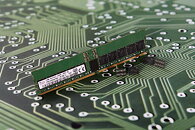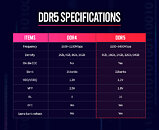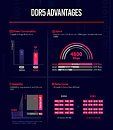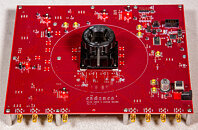
PNY Announces Specifications and Availability of XLR8 Gaming and Performance DDR5 Desktop Memory
PNY today announces specifications and availability for its upcoming Desktop Performance and XLR8 Gaming DDR5 memory products. The three models include the overclocked XLR8 Gaming MAKO and MAKO RGB models, running at 5600 MHz and a CAS latency of 36, as well as the PNY Performance model that follows JEDEC standards.
The XLR8 Gaming MAKO and MAKO RGB modules have been designed to meet the needs of gamers and enthusiasts. The designs for both modules feature aluminium heat spreaders with elements inspired by the powerful, fast and aggressive Mako shark from which they get their name. An XLR8 logo and GAMING text is proudly emblazoned on the side of the module and silver angled relief lines are machined into the heatspreader to reflect other components' lighting and provide unmatched flair and style.
The XLR8 Gaming MAKO and MAKO RGB modules have been designed to meet the needs of gamers and enthusiasts. The designs for both modules feature aluminium heat spreaders with elements inspired by the powerful, fast and aggressive Mako shark from which they get their name. An XLR8 logo and GAMING text is proudly emblazoned on the side of the module and silver angled relief lines are machined into the heatspreader to reflect other components' lighting and provide unmatched flair and style.














